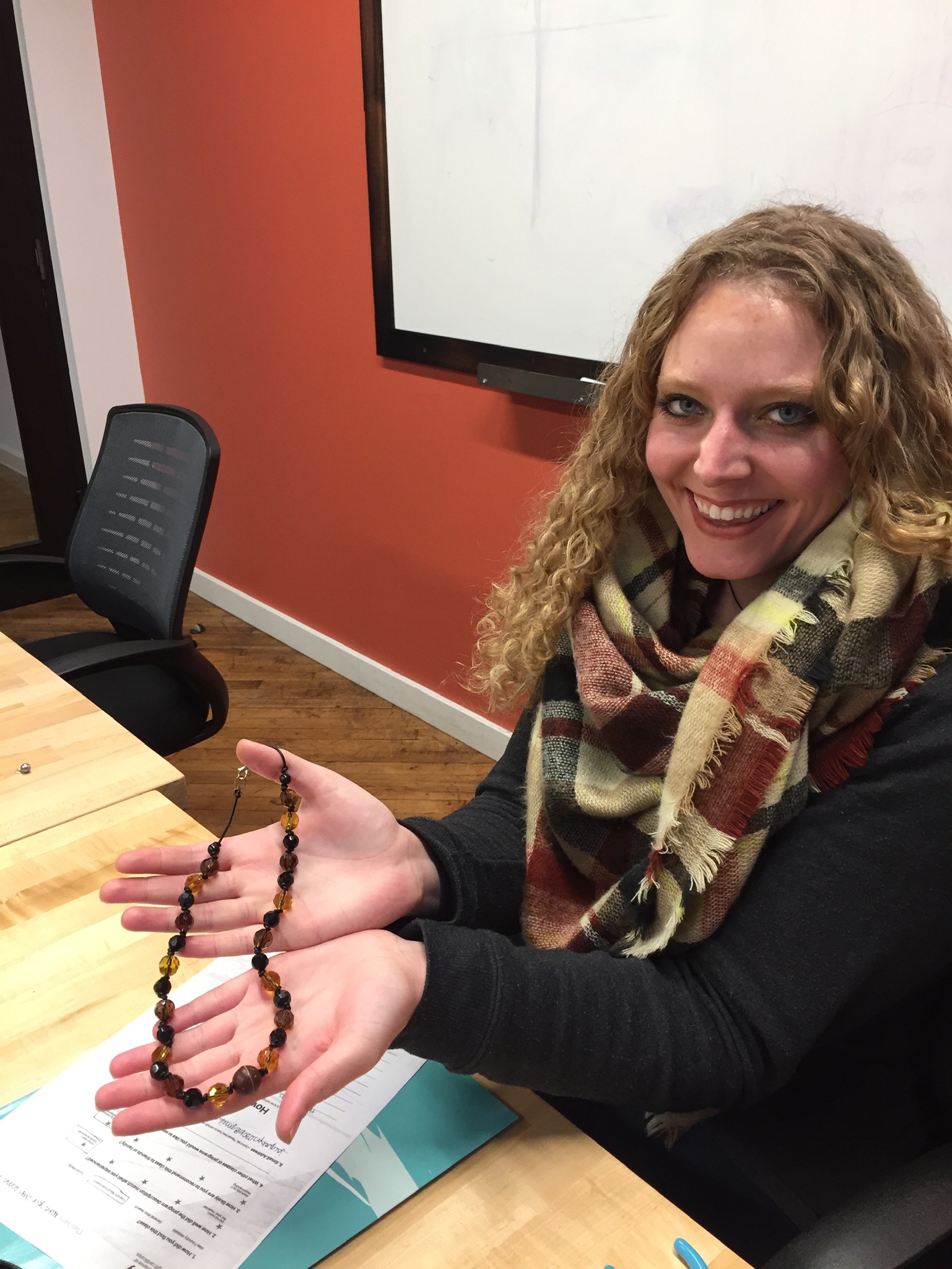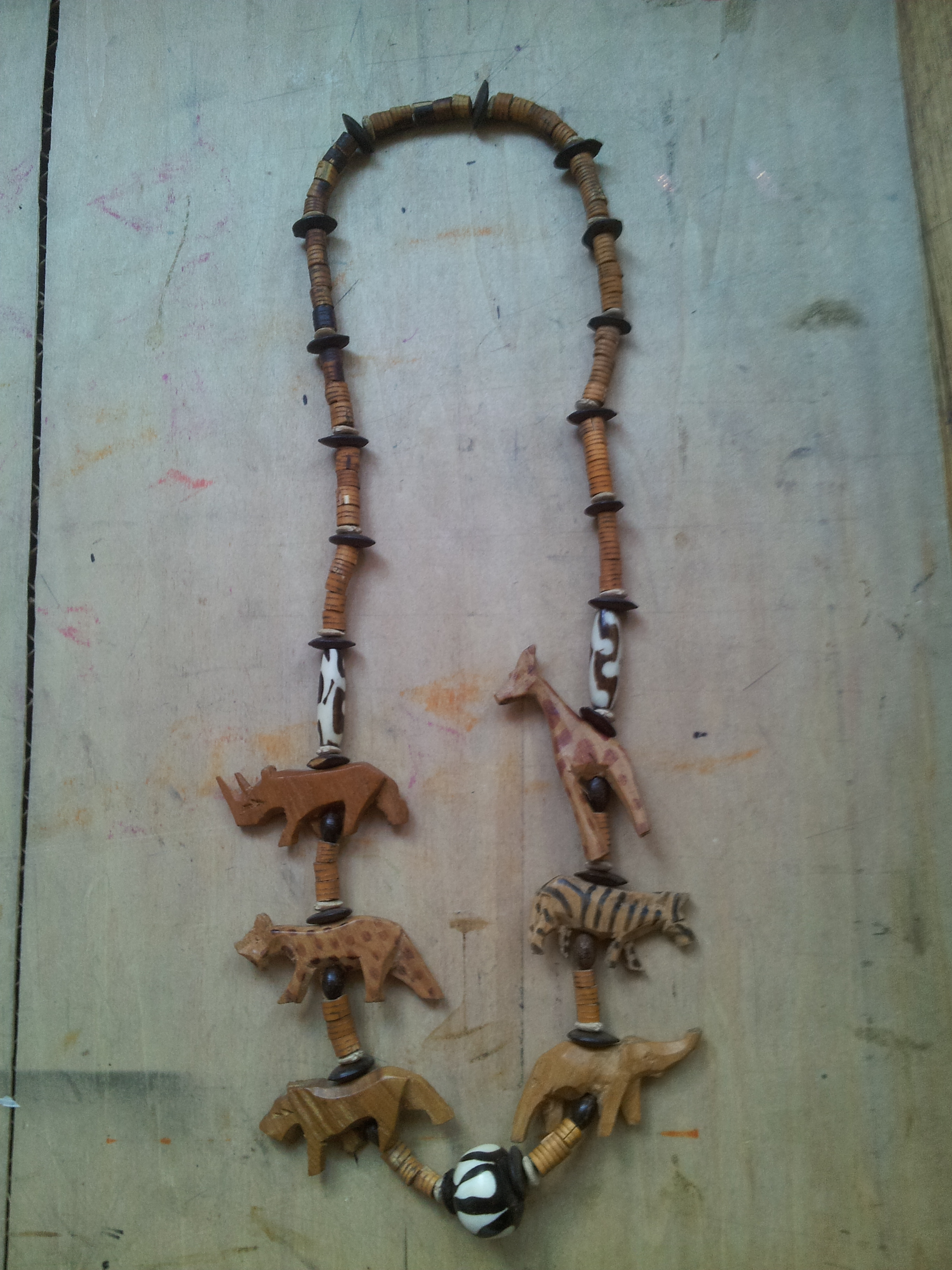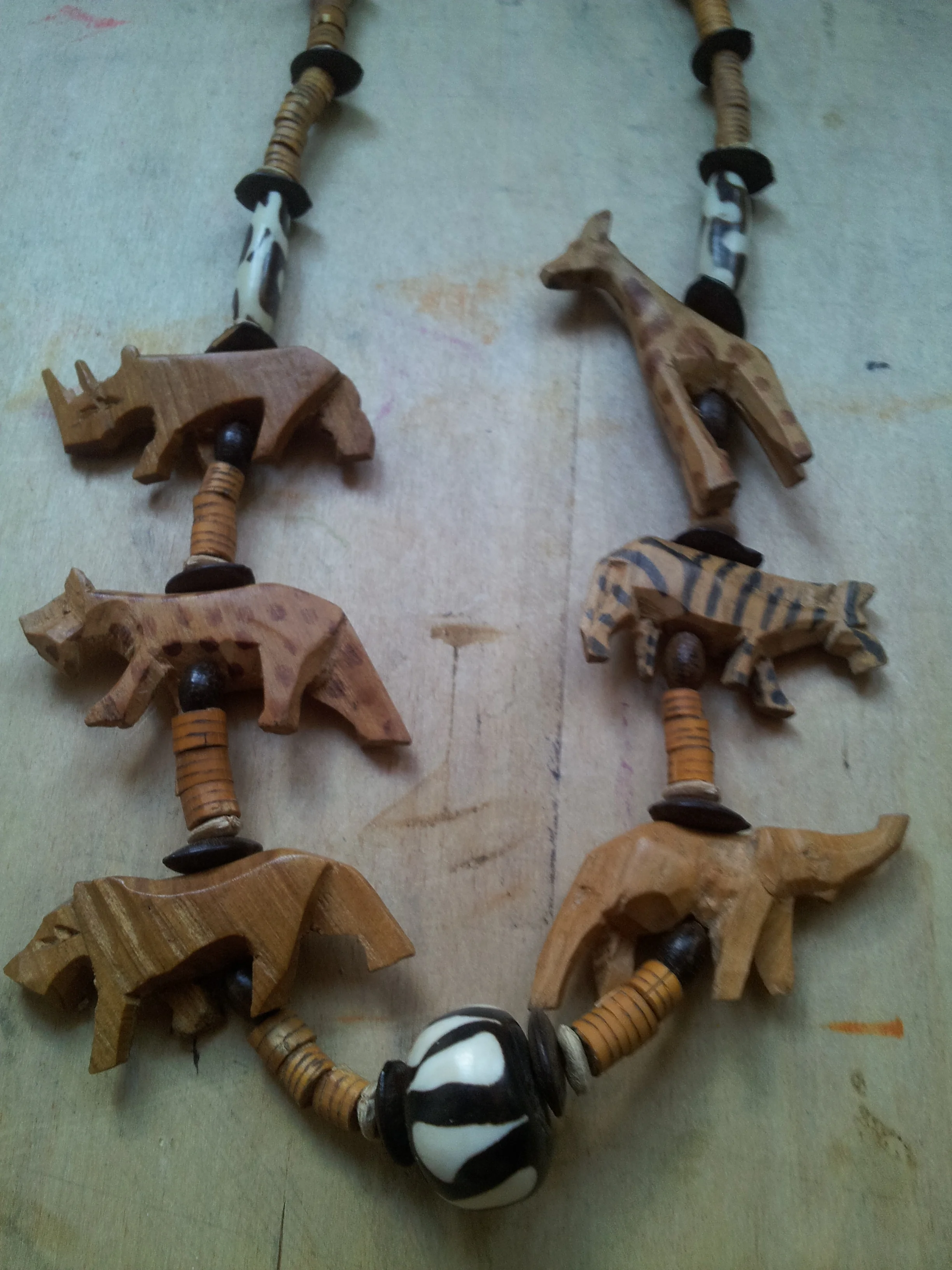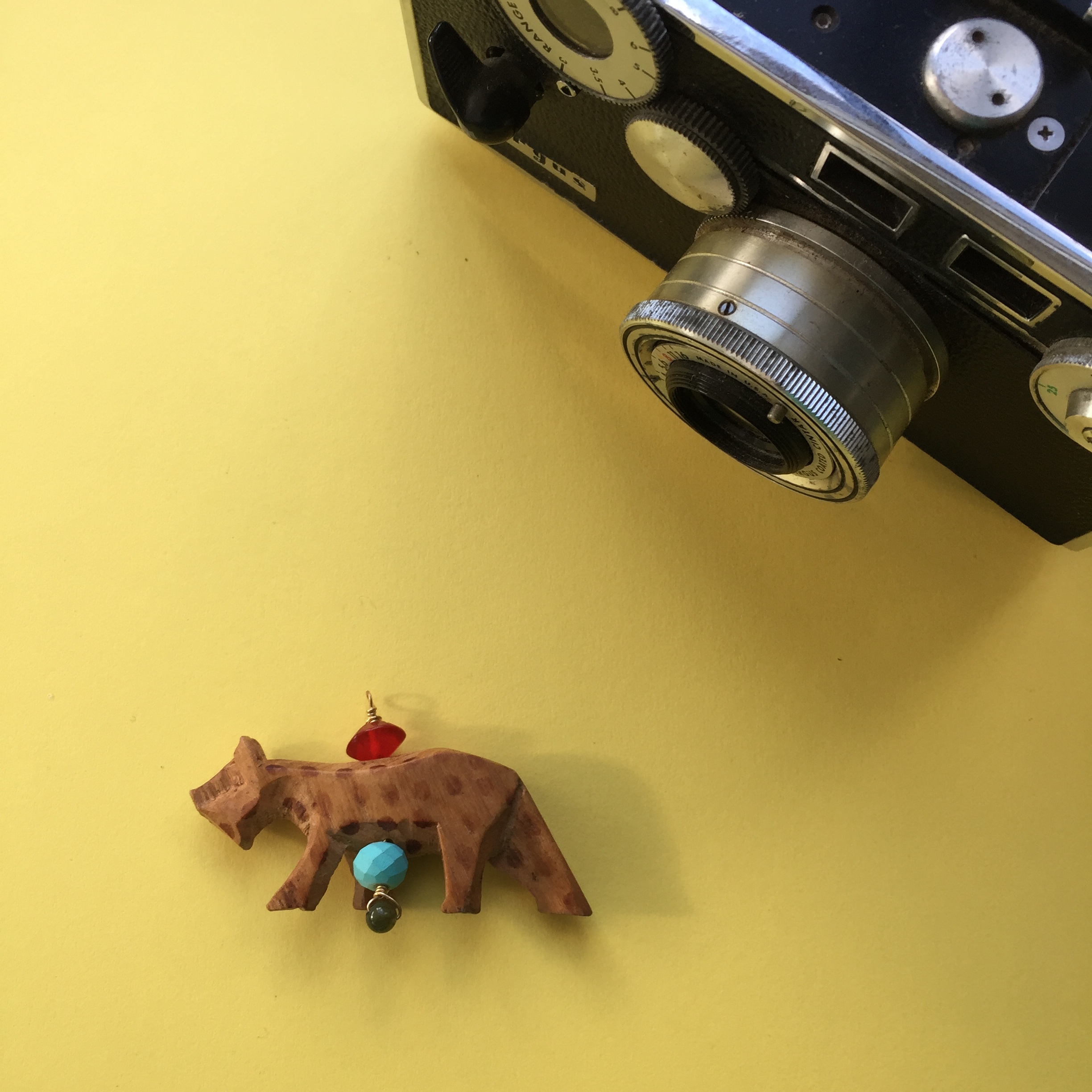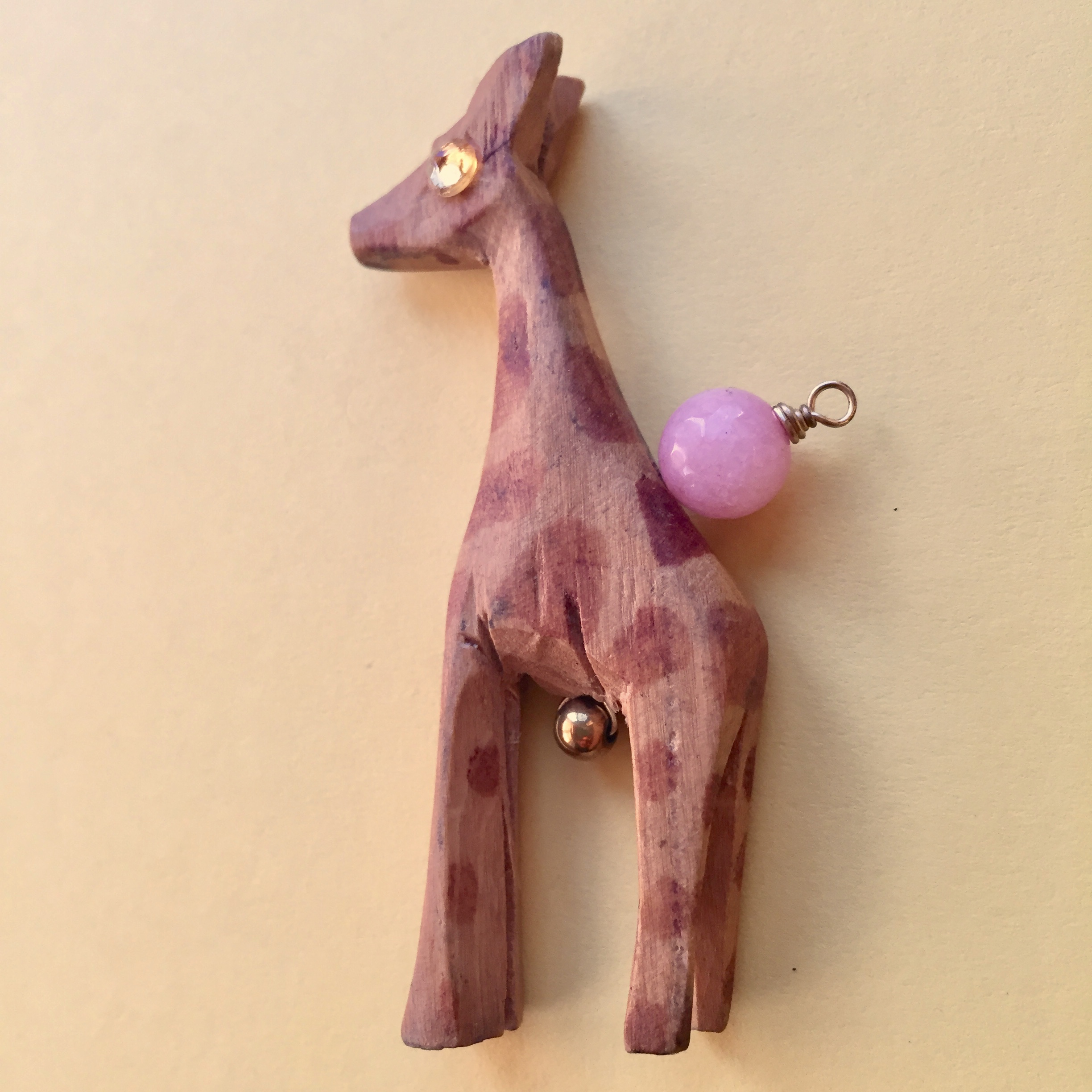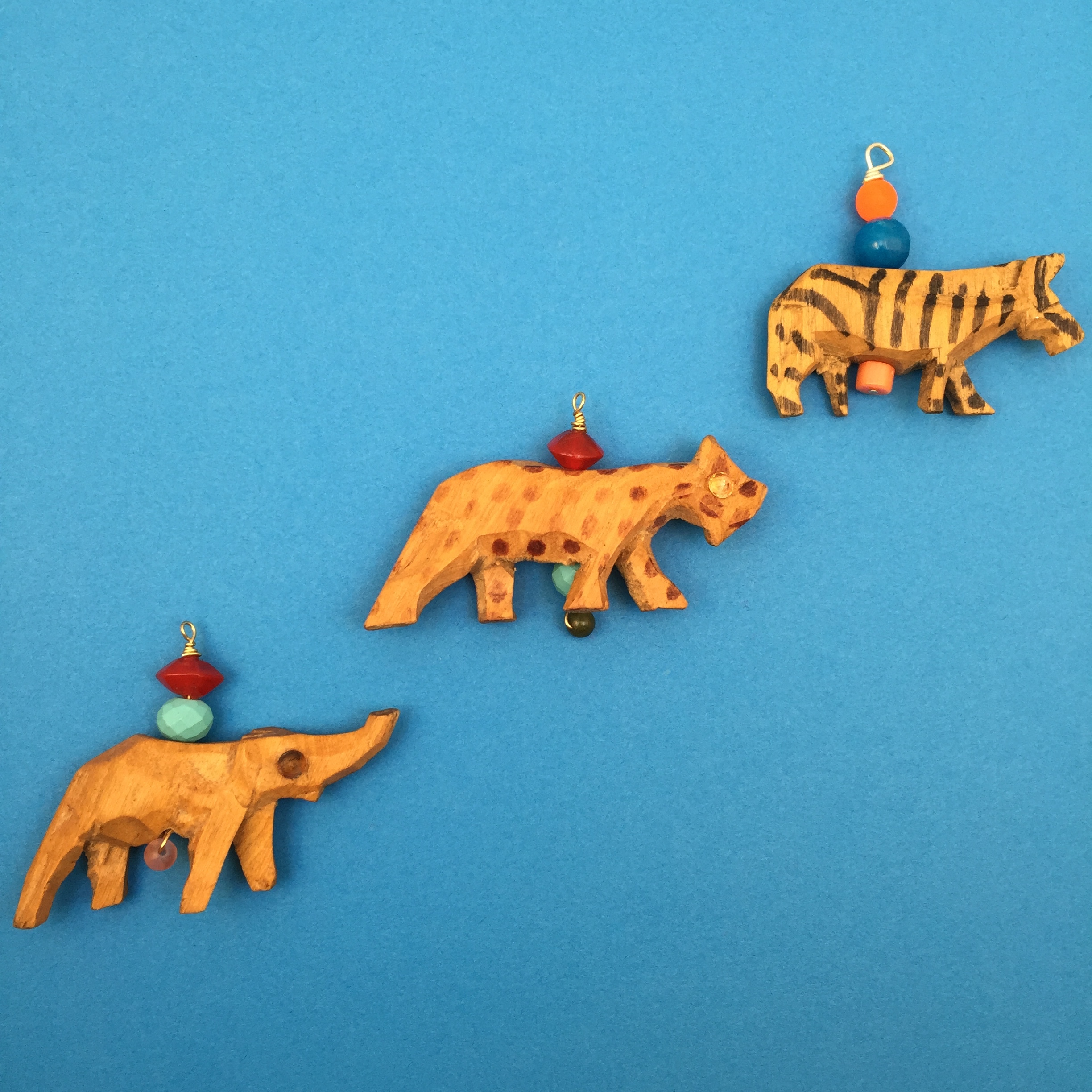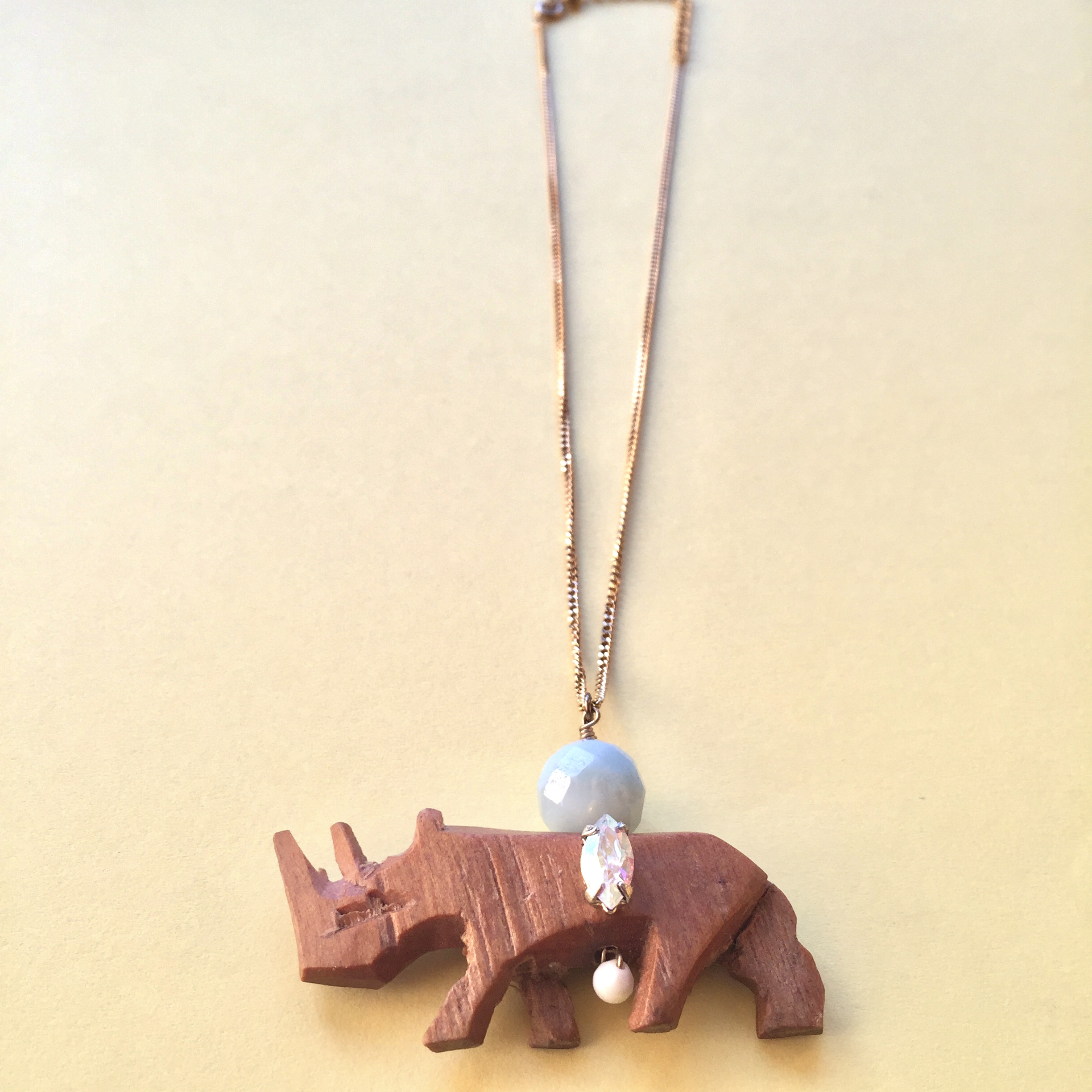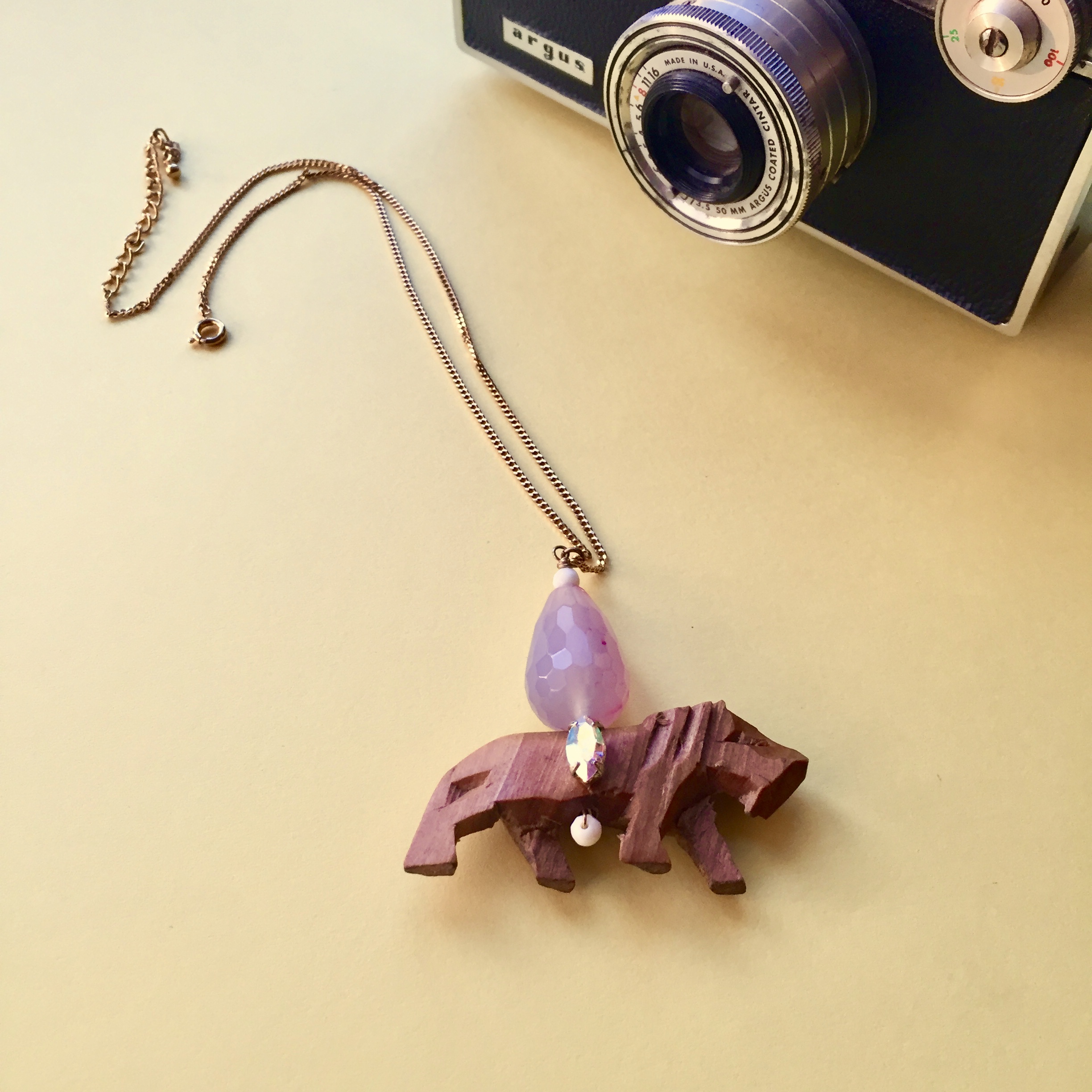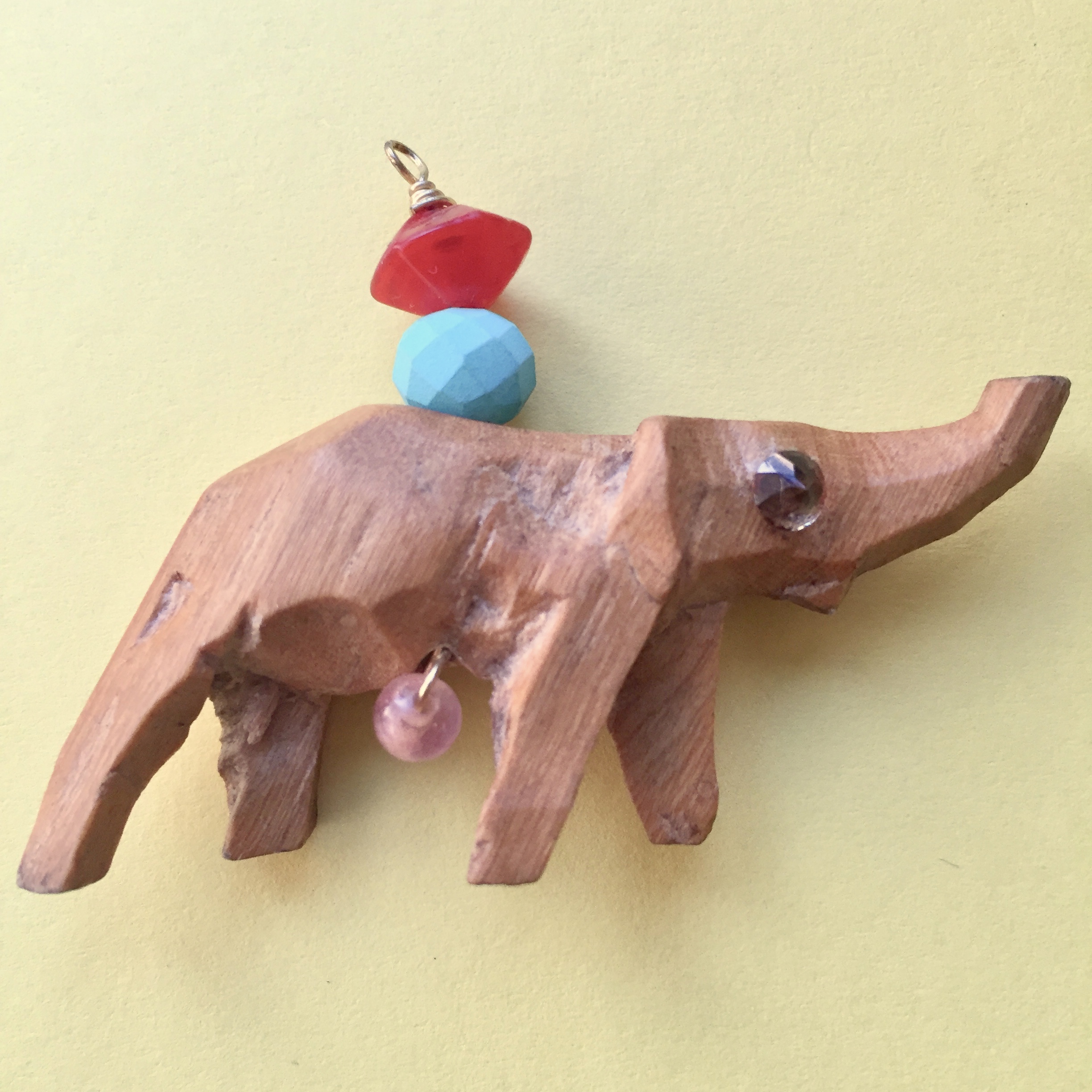Men Learn Design-Thinking, Women Learn to Decorate
Design-thinking currently feels like a man’s world. The experts on design-thinking are usually male. Design is a male-dominated world. However, the world of design has many continents. And I happened onto the female-dominated continent of Fashion Design which is ruled a male hierarchy. Coming from the perspective of this female dominant place, I have seen that while the projects are different, the principles remain the same. There are always problems that need solving.
As much as I’d like to think I knew how to think like a designer from birth, I know that my first interaction with the principles was in college. My foundation year to be exact. We were given projects outlined as a “problem” with perimeters. Those early lessons gave me a whole new way to view my work as challenges rather than being creative for the sake of being creative. I carried that new view into my fashion career.
This is where it all came to a head. The female-dominated continent of Fashion Design did not view our work as a series of intellectual problems that needed to be solved. Even in college, the fashion classes weren’t based on challenges but rather on attaining perfection. Achievement is measured by how well you perform the technique rather than the problems being solved. Of course, the technique is important but solving the problem is the purpose of design. Isn’t it? Or is design supposed to be about creating ornamentation?
When I was taking my foundation year classes, I started to look back to the days when I had math classes. As a kid, I hated math until I had to solve a word problem. Suddenly the numbers weren’t random and had a purpose. I started to enjoy math in high school with the formulaic nature of Algebra and the visual nature of Geometry. Later I learned that math is taught in a way in the United States that makes us hate it. And of course, a subject in which girls aren’t given much support. Boys are supposed to be good at problem-solving.
Toys and cartoons marketed to boys are typically about problem-solving. Whether its creating plays in sports, playing chess or using Lego sets. Boys are encouraged to tinker, try ideas and fail. In other words, they are encouraged to use design thinking. Girls, on the other hand, are taught perfection. The craft sets marketed towards girls are based on following instructions with the specific ornate result. Playing with dolls is practice for adulthood but not practice for problem-solving.
As a kid, I loved my Barbie dolls but I also loved Legos. I asked for craft sets but always gave up because my project NEVER looked like the example on the box. I would feel bad and then create something completely original with the contents of the set. I did a lot of tinkering as a kid. And as a college student, I would try to go above and beyond the assignment to create a garment with advanced techniques. It was like I was the Absent-Minded Professor. And like the Absent-Minded Professor, I didn’t always complete my projects. My journey of learning never factored into my grade. My fellow classmates who mastered the techniques of creating a simple garment walked away with an A. Those same students struggled with the more conceptual aspects of art school lessons. I’m still pretty adamant that my instructors should have focused on my journey of learning.
One of my accomplished students showing off her final project.
But honestly, in the fashion industry, no one was expected to tinker. You were supposed to do the work and do it well.
When I started teaching my upcycled jewelry-making workshop, I noticed that my mostly female students were afraid of “doing something wrong.”
We hear about how the tech industry is so innovative. Often the companies foster tinkering. Even though I tinker naturally, I suffered from perfectionism. I had no one to foster my tinkering. There was no one to tell me to keep trying when I failed at an idea. When I started teaching my upcycled jewelry-making workshop, I noticed that my mostly female students were afraid of “doing something wrong.” I knew that I struggled with perfectionism but had no idea that many other women struggled too. When I originally created my workshop it was based on design thinking principles. As a woman who is artistic but is not crafty, I thought it would be cool to have a workshop in which everyone created their own unique project. I’ve done the whole paint & sip thing and even the paint your own pottery thing. They were only great because I spent time with my girlfriends. I didn’t hang up the painting. And my mug was hideous. You’d never know that I am a designer if you saw those atrocities.
Honestly, those events are about creating ornaments not solving problems. Upcycling jewelry is solving problems concerning the environment, slow fashion, and consumerism. It also teaches you how to work on a project with limitations or perimeters. Even in my own design practice, I solve problems in creating jewelry, designing prints and creating embroidery.
Girls and women need to be given the right activities to flex their design-thinking muscles. Maybe it doesn’t look like chess or sports strategy. Maybe it looks like upcycling jewelry or clothing. Creating new clothing from pre-used garments is a serious problem-solving exercise. So is quilting. Plenty of women create these things but often technique overshadows problem-solving ability in the reception of these products. Don’t think clothing, quilts, and jewelry are important problems to solve? Do you think the scientists who invented Viagara actually tackled an issue that saved lives?
Upcycling Jewelry Design-Thinking in Action
This is an example of an upcycled jewelry problem that I solved. All of the students who have attended my workshops have created original work from discarded jewelry. Everyone had their own unique project with unique challenges to solve. They mostly needed encouragement to be creative.

